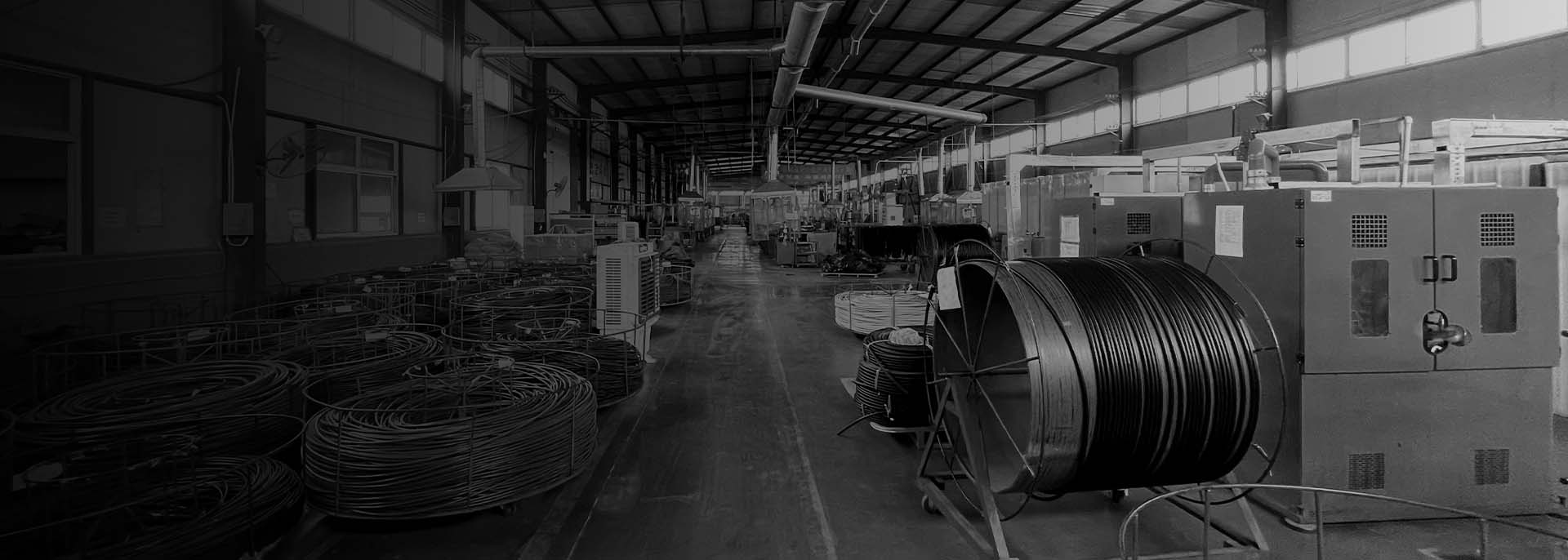threaded coupling
Understanding Threaded Coupling An Overview of Its Importance in Mechanical Design
Threaded coupling is a crucial aspect in the realm of mechanical design, encompassing a wide array of applications and industries. It refers to the method of fastening two or more components together using threaded connections. This technique is widely embraced due to its ability to provide strong, reliable, and easily adjustable joints, which are essential in various mechanical systems.
At its core, threaded coupling involves the use of male and female threads that interlock to form a secure connection. The male thread, or bolt, is designed to fit precisely into the female thread, or nut. This interconnection not only ensures a tight fit but also allows for the easy disassembly and reassembly of components, making it a preferred choice in many engineering applications.
One of the primary advantages of threaded coupling lies in its versatility. It is used in diverse sectors ranging from automotive and aerospace to construction and manufacturing. For instance, in the automotive industry, threaded connections are extensively utilized in engines, suspensions, and other critical systems. They allow for the assembly of different engine parts and facilitate repairs or replacements when necessary. Similarly, in aerospace engineering, where precision and reliability are paramount, threaded couplings are employed in the assembly of aircraft components to ensure safety and functionality.
Another notable benefit of threaded coupling is the ability to withstand significant forces and loads. The engagement of threads creates a mechanical advantage, allowing the joint to resist substantial tensile and shear forces. This property is often critical in applications where components are subjected to dynamic loads, such as in machinery, vehicles, or structural frameworks. Moreover, various materials can be selected for the threaded components, including metals, plastics, and composites, further enhancing their adaptability to different environments and load conditions.
threaded coupling

Despite its many advantages, threaded coupling is not without its challenges. One common issue is the potential for thread stripping, especially in soft materials or when over-tightened. This can lead to a compromised connection, resulting in part failure or loss of integrity in the assembly. To mitigate these risks, it is essential to employ proper torque specifications and use appropriate materials for the application. Thread-locking compounds or washers may also be utilized to enhance the reliability of the connection, ensuring that it remains secure even under vibration or dynamic load conditions.
In the context of modern engineering, the design and analysis of threaded couplings have evolved significantly, aided by advancements in computer-aided design (CAD) and finite element analysis (FEA). Engineers can simulate the behavior of threaded joints under various load scenarios, optimizing their designs for performance and reliability. These tools enable the identification of potential failure points, allowing for the refinement of configurations and materials before physical prototypes are produced.
Moreover, in recent years, there has been a growing emphasis on sustainability and efficiency in mechanical design. The choice of materials for threaded couplings, as well as the manufacturing processes used to produce them, are crucial considerations. Engineers are increasingly turning to eco-friendly materials and advanced manufacturing techniques, such as additive manufacturing, to reduce waste and improve the environmental impact of their designs.
In conclusion, threaded coupling serves as a foundational element in mechanical design, marrying functionality with versatility. Its ability to create strong, adjustable connections makes it indispensable across various industries. By addressing the challenges associated with threaded connections and leveraging modern technologies for design and analysis, engineers can continue to innovate and improve the performance of mechanical systems. As industries evolve and face new challenges, the importance of threaded coupling will undoubtedly remain a cornerstone of mechanical engineering, driving advancements and ensuring safety and reliability in countless applications.
-
Ultimate Spiral Protection for Hoses & CablesNewsJun.26,2025
-
The Ultimate Quick-Connect Solutions for Every NeedNewsJun.26,2025
-
SAE J1401 Brake Hose: Reliable Choice for Safe BrakingNewsJun.26,2025
-
Reliable J2064 A/C Hoses for Real-World Cooling NeedsNewsJun.26,2025
-
Heavy-Duty Sewer Jetting Hoses Built to LastNewsJun.26,2025
-
Fix Power Steering Tube Leaks Fast – Durable & Affordable SolutionNewsJun.26,2025

